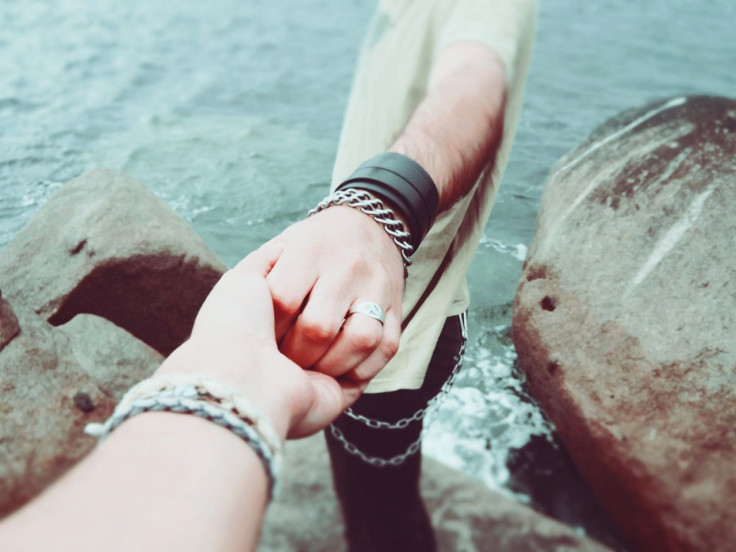What Your Handshake Reveals About You, According To Science

Handshakes are an easy way to greet and show respect for someone, but is there more to it than the cusping of hands?
The tradition of handshaking once had many associations, which are depicted in ancient Greek artifacts like paintings, sculptures, and vases. Many of the scenes involve Herakles. In one scene he is shaking hands with Athena, which represents “the acceptance of Herakles as an equal by the gods, and, in particular his comradeship with Athena,” explains Glenys Davis in his writing in the American Journal of Archaeology.
Today, the common greeting is used in a variety of settings like job interviews, networking events, or being introduced to new people. Although the gesture seems simple, there’s quite a bit of science behind it.
One study shows that a firm handshake helps make a good first impression, and may even be a better indicator of your health than your blood pressure. Other research suggests we might shake hands to check out each other’s odors. The authors indicate we’re not consciously aware we do it, but similar to dogs, this is how we communicate via sense of smell.
Despite some physicians attempting to ban handshakes from health care settings, the practice does not seem to be fading from Western culture anytime soon. So, here’s some ways to make a lasting impression with your next handshake: stand up, maintain eye contact and a smile, and be firm, but not overly aggressive. For more tips, check out the infographic below.

See also: Get A Grip: Handshakes Better Predict Life Expectancy Than Blood Pressure Via Muscular Strength



























